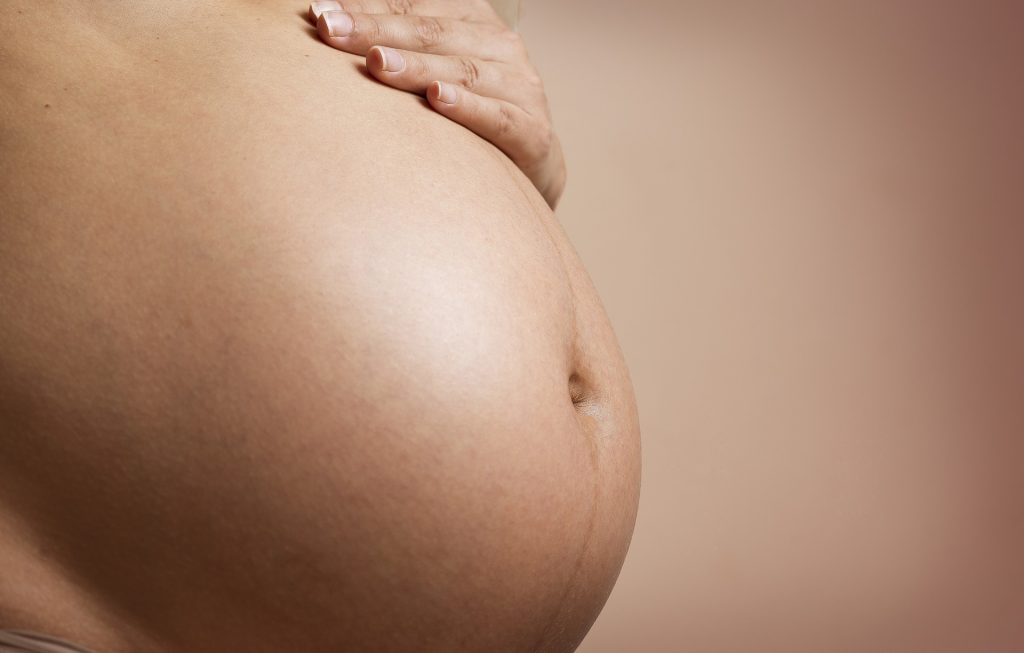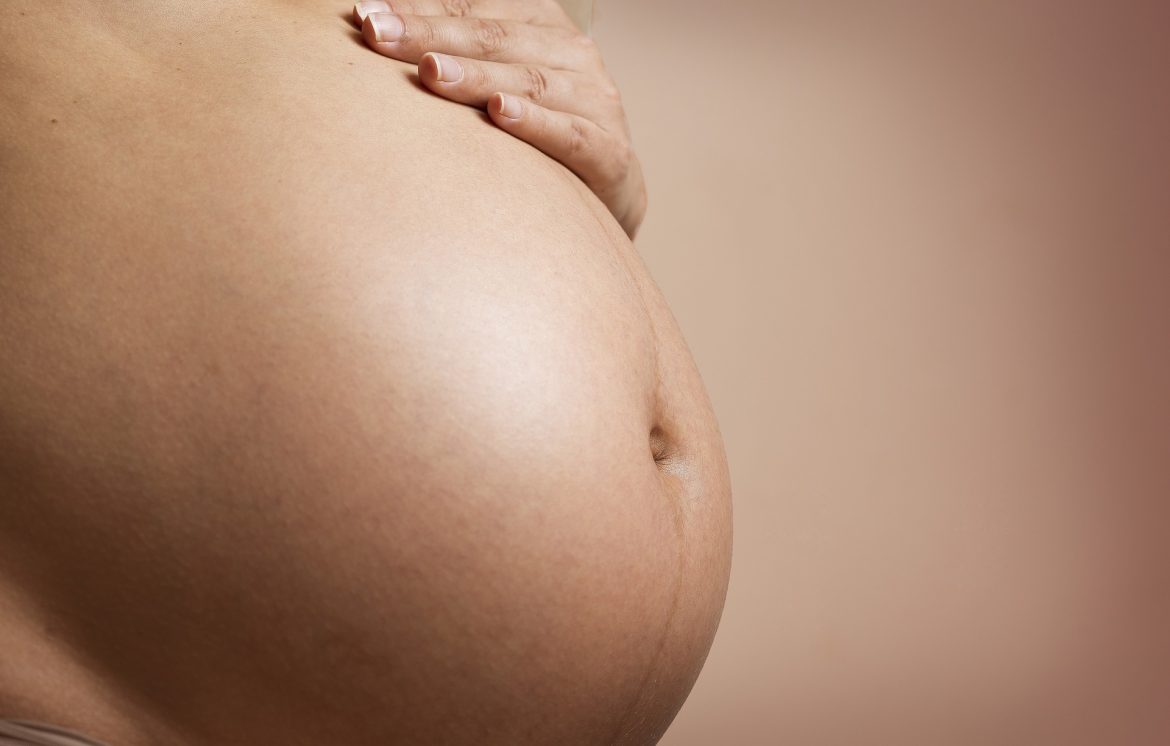Massage Therapy Reduces Pain in Mothers After Caesarean Birth
 Massage therapy has been increasingly found to be an effective means of reducing pain and dysfunction with musculoskeletal conditions. The question examined in this study is whether massage therapy would be beneficial in women who have had a Caesarean birth (C-Section).
Massage therapy has been increasingly found to be an effective means of reducing pain and dysfunction with musculoskeletal conditions. The question examined in this study is whether massage therapy would be beneficial in women who have had a Caesarean birth (C-Section).
Study
A study published in the Journal of Obstetric, Gynecologic, & Neonatal Nursing evaluated the efficacy of massage therapy to reduce postoperative pain in primiparous (pregnant for the first time) women on Postoperative Day 1 and Day 2 after unplanned caesarean birth.
The study was a randomized controlled trial with three groups: treatment/intervention (Group 1), control or standard care (Group 2), and individualized attention (Group 3). The setting was at family/newborn units of a large teaching hospital in the Northeastern United States. A total of 165 women who experienced unplanned caesarean births of a newborn (at term gestation) were included in the study.
Participants were randomized into three groups: those in Group 1 received 20-minute massage therapy, those in Group 2 received the usual standard of care at the hospital, and those in Group 3 received 20 minutes of individualized attention (that did not include massage therapy). On Postoperative Day 1 and Day 2, participants completed questionnaires to measure overall pain, stress, and relaxation at directly after care and again 60 minutes later. Daily numeric pain ratings and medication consumption data were recorded.
Results
Participants in the intervention group had increased relaxation, decreased pain, decreased stress, and decreased opioid use on Day 1 and Day 2 of the hospital stay compared with the other groups. Additionally, opioid use in the intervention group decreased linearly, whereas the control groups had a nonlinear pattern of change.
Conclusion
The authors concluded that massage therapy during postoperative hospitalization improved relaxation and decreased pain, stress, and opioid use in this sample of women after unplanned caesarean births (C-Sections).
Comment by Joseph Muscolino
Given that caesarean birth involves an operation that itself involves the musculoskeletal (neuro-myo-fascio-skeletal) system, it is not surprising that massage therapy would be effective in alleviating pain and dysfunction. After all, massage therapy is an extremely effective way to address the physical mechanics of the human body as well as the neural mechanics. I am confident that as further studies are done, we will find that all types of manual and movement therapies are effective for all types of musculoskeletal conditions. Of course, we manual therapists and movement professionals do not need to wait for these studies to be done. We can safely and effectively implement our profession now by understanding the mechanics of the client’s condition and matching it with the mechanics of our treatment tools!
This blog post article was created in collaboration with www.terrarosa.com.au.
(Click here for the blog post article: Massage Improves Children’s Postoperative Recovery.)
Did you know that Digital COMT (Digital Clinical Orthopedic Manual Therapy), Dr. Joe Muscolino’s continuing education video streaming subscription service for massage therapists (and all manual therapists) and movement professionals, has six folders with video lessons on Manual Therapy Treatment, including an entire folder on Stretching, as well as a folder on Pathomechanics, another on Anatomy, and many more? Digital COMT adds seven new video lessons each and every week. And nothing ever goes away! Click here for more information.


